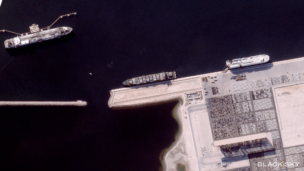A startup looking to power human missions on Mars is open for business.
Starpath is creating space-rated solar panels aiming to be ~90% cheaper than the industry standard, Starpath CEO Saurav Shroff told Payload.
Despite growing power demands for LEO operations, including AI in orbit, Shroff predicts that 98% of all space-based power production will be for Mars, with Earth-orbiting satellites making up the remaining small slice.
The details: Starpath has two models of Starlight panels that it began selling last week:
- The engineering model, designed for prototyping, lab testing, and pre-launch activities, for $9.81 per watt.
- The flight model that can be used in space, for $11.20 per watt.
Made in America: Starpath manufactures Starlight and its other products in Hawthorne, CA. While Shroff declined to share details about the company’s proprietary production process, he said Starpath prioritizes robotics and automation to meet its goals in mass production.
One customer of many: Though Starpath’s goal of powering crewed missions on the Moon and Mars is in line with NASA’s stated aims, the startup has no work directly with the US space agency—at least not yet, Shroff said.
Instead, Shroff said Starpath’s customer base will be US commercial space companies.



